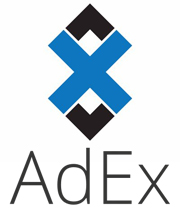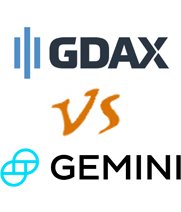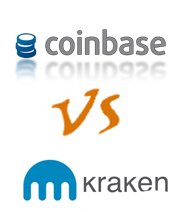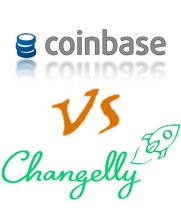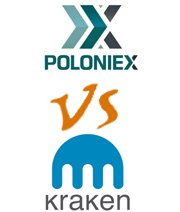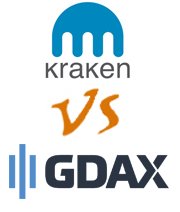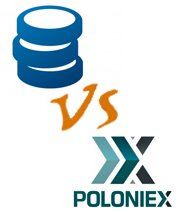
Table of Contents
- 1) The State of Storage and Data
- 2) The Two-Node Solution
- 3) How Does Filecoin Work?
- 4) A New Method of Consensus
- 5) The Company Behind It
- 6) The FIL ICO
- 7) The Way FIL Is Distributed
- 8) Buying FIL
- 9) Storing FIL
- 10) The Future of Filecoin
- 11) Filecoin vs Siacoin
- 12) Filecoin vs Storj
- 13) Filecoin vs Bitcoin
- 14) Frequently Asked Questions
- 15) Conclusion
The more blockchain technology catches on, the more uses people are finding for it. We’ve seen blockchain solutions for everything, from medical care and AI technology development to renewable energy. Data storage, once the purview of centralized companies like Dropbox and Google Drive, are now the next step in decentralized blockchain platforms.
Filecoin is one of the latest data storage platforms to be developed, and it’s already made a name for itself. Not only is it supported by huge firms like Winkelvoss Capital and Y Combinator, but it broke the record for largest ICO in history – they raised over $257 million.
While it’s still in development, this guide will introduce you to what Filecoin is, how it works, and what it could mean for the future of data storage.
The State of Storage and Data
Right now, one of the biggest problems in online storage is the fact that it’s centralized. Services like Google Drive and Dropbox store all data on servers that they oversee and manage. This means that one cyberattack or one power outage could be disastrous, affecting huge amounts of data all at once.
Centralization also creates problems for storage, since more money must be put into buying, installing, and managing massive servers.
Filecoin aims to take a decentralized approach, by creating a network of “nodes” – in essence, distributing storage space across thousands and thousands of user-run storage space.
The Two-Node Solution
This isn’t the only platform that offers this type of service – Storj and Siacoin are very similar – but Filecoin aims to change things up with its unique offering of two different types of nodes.
The first kind is a Storage Node – users can start their own node and rent out their hard drive space to others, and charge fees for it. Data is split up and pieces are stored across multiple nodes, keeping things safe and secure. It will also prevent people from trying to own the game by offering huge amounts of space, and permit even those with little money to get involved, since they don’t need to invest in giant hard drives.
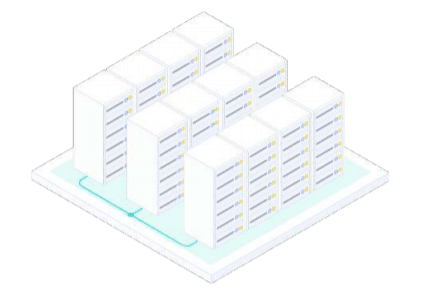
The second kind is a Retrieval Node – something only Filecoin has at the moment. These nodes are what will allow people to access and retrieve their data. The retrieval nodes will only get paid their fee if they get the file first. This competition among nodes will favor the highest-speed, lowest-lag nodes, and will also spread out the work to other nodes when one node is over-engaged. By distributing work to whichever nodes work fastest at the time, Filecoin is ensuring that there will be as little network latency as possible.
How Does Filecoin Work?
It works like this: you choose the file you want to store, pay a fee for listing it on the Filecoin exchange, and then let Filecoin storage node managers “bid” to host your file – ensuring that you always get the lowest possible price. Since the orderbook is in the Filecoin blockchain, records are secure and transparent.
Once the nodes have bid successfully, Filecoin cuts your file into “shards” that are stored on several different nodes. The only way to get the file is to recombine them all, and the only way to do that is give the network a special, unique “key.” This prevents unauthorized users from getting your data, even if they managed to break into all the nodes that host it.
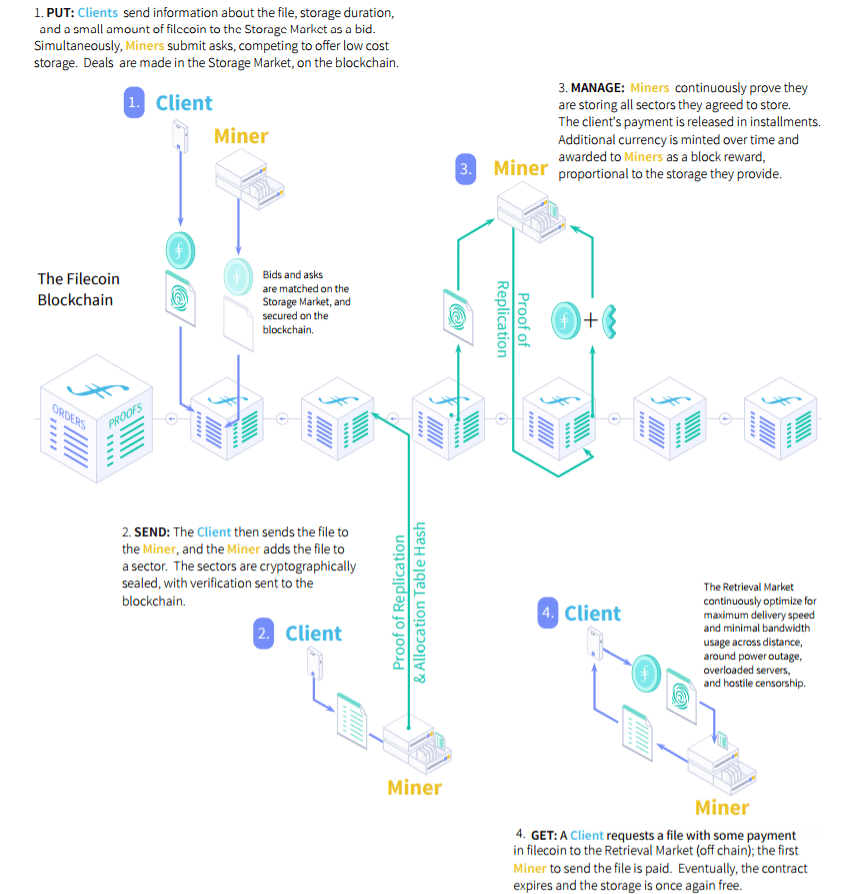
A New Method of Consensus
Filecoin’s consensus mechanism is unique to itself. Instead of using processing power as the consensus mechanism (like Bitcoin), Filecoin uses something called the proof-of-replication model, where miners prove to the verifier that they have replicated a certain amount of copies of files, establishing that they have the space to do so. This grows the network and provides incentive for people to get involved.
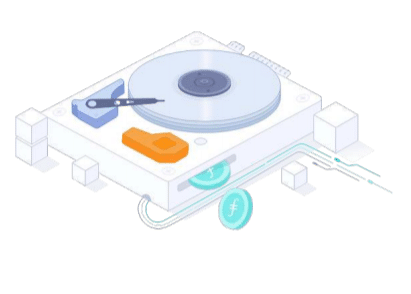
The Company Behind It
The people behind Filecoin are called Protocol Labs, veterans in P2P software who’ve developed other platforms like CoinList, IPFS, and Multiformats. They’re also well-experienced in blockchain and open-source software. Because they’ve already developed platforms like IPFS, they have the networking and resources in place already to build and sustain something on the size of Filecoin, giving them a head start.
Protocol Labs is used to working with smaller budgets – they only worked with $3.5 million before the ICO – so the sheer amount of money they have to work with now should be put to good use.
The FIL ICO
Like we said, the FIL ICO made history when it went off in 2024. They didn’t go about it in the way blockchain companies usually do – by making it open to the whole community –, opting instead to only open the ICO to “accredited investors”: really, really rich people.
Another break with standard practice is that the FIL coin doesn’t actually exist yet. Investors in the ICO received what are essentially IOUs, and once the blockchain for Filecoin is created, everyone will receive what they’re entitled to.
That said, beware of people or exchanges that claim to be selling FIL: it doesn’t exist yet, so they’re definitely frauds.
The Way FIL Is Distributed
Only around 30% of all tokens will actually be distributed once the blockchain is created. The rest, as you can see in the below graphic, is going to be mineable. By having such a huge percentage reserved for mining only, Filecoin is showing its emphasis on rewarding miners, creating lots of incentive to replicate files for redundancy, decreasing data retrieval time and making sure even a power outage won’t prevent people from getting their files.
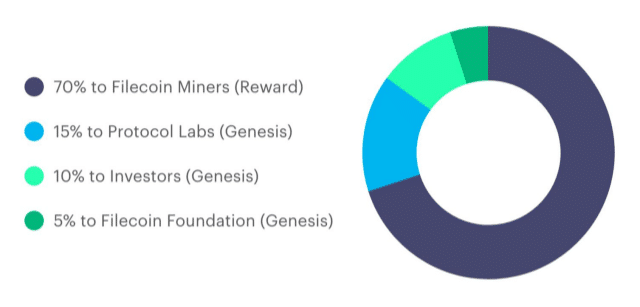
Buying FIL
As we said before, the bad news is that you can’t buy FIL. That’s because it doesn’t exist yet. It can’t exist until the first part of the blockchain (the “genesis block”) is created. Other blockchains typically start trading their coins after the ICO, but Filecoin’s approach is taking longer.
That doesn’t mean you can’t get involved, though. You can get FIL “futures” from Gate.io. What does that mean? They’ve worked it out so that investors in the ICO or presale can basically “sell” their IOUs to the public via Gate.io.
Storing FIL
Many tokens come initially with ERC-20 compliancy, especially if the blockchain is based on Ethereum. FIL doesn’t seem to, therefore it won’t work on hardware wallets like Trezor and Ledger Nano S. Instead, FIL will only be able to be stored in official Filecoin wallets, likely for Windows, Mac, Linux, iOS, and Android.
The Future of Filecoin
Right now, not much is known of Filecoin’s plans for the immediate future (2024). Right now, richwith money from their ICO, Filecoin is likely working on getting the Filecoin network in shape for an alpha launch, during which the main services can be tested and major bugs and issues worked out. No immediate announcement has been made, though.
Filecoin is also looking to recruit new development talent in 2024, showing their desire to expand and make sure they have the manpower to take on the challenges of developing and releasing a platform that delivers on its promises. And with over $257 million at their disposal, they’ll be able to afford talent that command higher prices.
Filecoin vs Siacoin
These are similar platforms in terms of concept. Both are platforms that allow user-hosted storage nodes that charge fees for storage of files. Both are decentralized, and both offer rewards. While Siacoin charges fixed prices for storage, Filecoin allows different nodes to “bid” on user data, competing to offer the lowest prices. Both their tokens can be mined, and both can be traded on exhanges. Filecoin hasn’t been released yet, while Siacoin has been out since 2024.
Filecoin vs Storj
These services both offer users peer-to-peer storage, decentralized for maximum privacy and security.
Both split files into “shards” which are then hosted on multiple user-run storage nodes, and can only be accessed and reassembled with private keys. Storj offers additional encryption on top of this file sharding, although it’s not clear if Filecoin will eventually offer the same thing. Filecoin uses a version of proof-of-space for its consensus, while Storj uses proof-of-work like Bitcoin does.
order premarin online medstaff.englewoodhealth.org/wp-content/languages/new/order/premarin.html no prescription
The main difference, however, is that Filecoin hasn’t even released an alpha yet, while Storj currently works.
Filecoin vs Bitcoin
These are very different. The only things they have in common, in fact, are that they are both blockchain-based platforms and both have a sort of “coin” that can be traded. Filecoin is a storage platform, while Bitcoin is primarily a cryptocurrency used for paying for goods and services. Bitcoin has been around for years, while Filecoin only had their ICO in 2024. Filecoin is still under development and will be limited to decentralized storage, while Bitcoin is fully-operational and is starting to be accepted as an actual currency by some banks, retailers, and private individuals as a method of payment.
Frequently Asked Questions
- Do you know how to buy Filecoin?
You can’t buy Filecoin yet. - Is Filecoin an exchange?
It will eventually have an “exchange” where users’ data is posted for bidding on by nodes who want to host it. - What was the Filecoin ICO price?
That information wasn’t made available to us. - How does Filecoin mining work?
Essentially, you demonstrate your hard drive space by replicating files a certain amount of times. - When is the Filecoin release date?
order levaquin online medstaff.englewoodhealth.org/wp-content/languages/new/order/levaquin.html no prescription
That hasn’t been released. - What’s the rate of Filecoin to USD?
Unknown. - Do you know how to invest in Filecoin?
You would have had to be an accredited investor in the ICO. - What’s the price of Filecoin in USD?
That’s unknown. - Where can I buy Filecoin?
Nowhere, until the platform is released. - What is Filecoin?
It’s a decentralized peer-to-peer data storage service. - Is Filecoin on CoinMarketCap?
Not yet. - Is there Filecoin mining software?
Not at the moment. - What’s the Filecoin market cap?
order stromectol online medstaff.englewoodhealth.org/wp-content/languages/new/order/stromectol.html no prescription
Unknown. - How is Filecoin vs Siacoin?
Check out the last section for our review of those two. - What’s the price prediction for Filecoin?
Likely to go way up once they announce the release of the alpha testnet.
Conclusion
While Filecoin annoyed some of the crypto userbase by only allowing accredited investors to take part in the ICO, and while it doesn’t actually exist yet, Filecoin has caused quite a stir. Despite having lots of competition in the decentralized storage platform racket, Filecoin has some new things to offer, and with the huge amount of resources they got from their ICO, they at least have the ability to make good on their promises. Since we have no real communication from them on when the platform will be released, we’ll just have to keep our ears to the ground. Only when it finally gets released will we know for sure whether it’s worth the hype or not.




